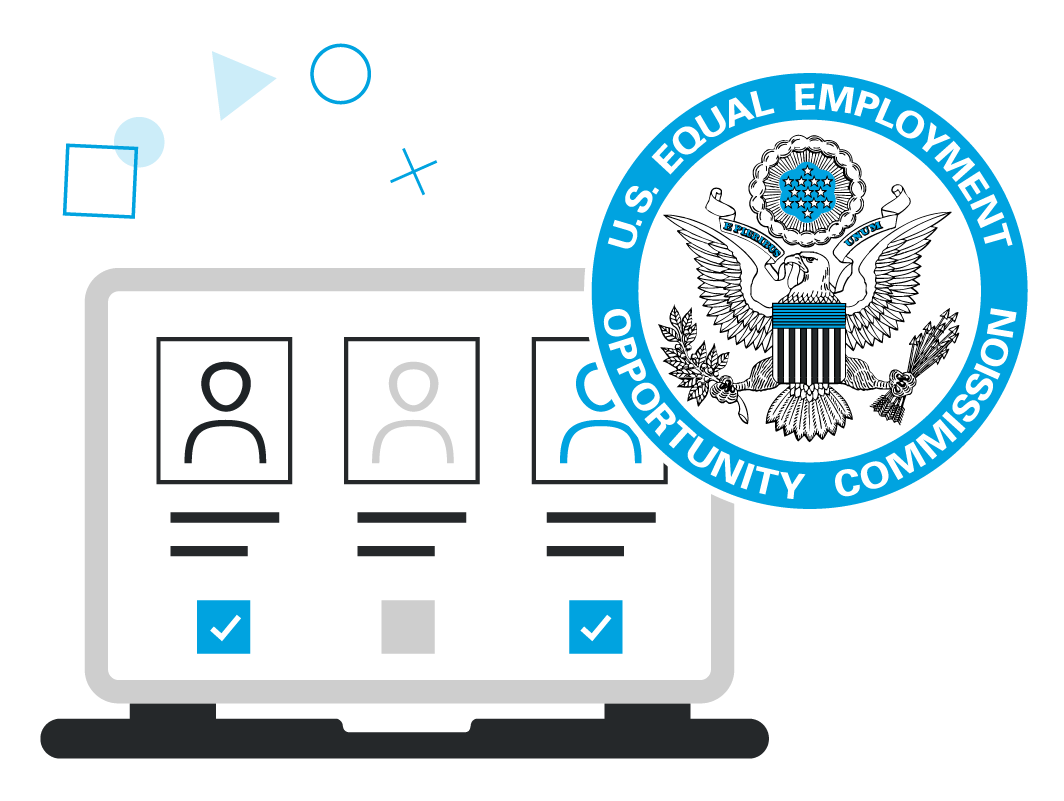
![]()
A growing consensus envisions that the reopened economy that we will return to will have been altered for the foreseeable future from the one that was operating before Coronavirus. Further, there is every expectation that the Coronavirus is not unique, nor likely to be the most severe pathogen in our future. While many businesses have had to lay off staff, the “new normal” of our economy makes it unlikely that firms will be able to hire back to their prior positions all of the employees they have had to let go. The service sector is particularly hard hit, but so is manufacturing, as greater distancing becomes the new normal and slows down production.
This means that for many businesses, the net impact of coronavirus will be a change in the labor needed to function profitably. Often businesses will require fewer employees. How to make the difficult decisions of whom to hire back?
It makes business sense to prioritize rehiring your most productive employees. With downsizing, it is likely that your rehires are going to have to fill more roles, take on more responsibility, and be more innovative in responding to changes in the business environment brought on by Coronavirus.
Yet many businesses forgo evaluating their employees’ productivity in favor of an easily identified factor, such as seniority, to prioritize rehires. This may simplify the rehiring process, but it is unlikely to result in the workforce best suited to profitably adapting your business to changed economic circumstances.
Such a system may seem fair and equitable, but it is neither. To workers who consistently committed the most effort and ingenuity to your business, seniority-based rehiring is about as fair as selecting employees on the basis of shoe size. If you have recently dedicated significant resources to improving diversity and inclusion across your workforce through an affirmative action plan (AAP), rehiring by seniority wipes out the fruits of that investment.[1] This is backed up by recent research, which found that downsizing by seniority reduces diversity.[2],[3] Rehiring by seniority or other simplistic rules may disparately impact those very employee groups that you sought to attract.
Though it may be undesirable in terms of the productivity and diversity of your workforce, simple rule-based rehiring is, well, simple. When the economy opens up again and you are ready to get back to business, you may not have the time to perform a careful assessment of employee productivity. This is where having conducted an internal pay equity analysis can help.
Besides explaining apparent gender pay gaps (or pay gaps between other protected classes of workers), a pay equity analysis also identifies your most productive employees. Most are aware that pay equity analyses identify individual employees who are underpaid relative to their contributions. What is less well-known is that pay equity analyses also identify individual employees whose contributions fall short of their compensation.
Businesses who have conducted a pay equity analysis have already conducted the productivity evaluation that is necessary for making sound rehiring decisions. As you maximize the productivity of your rehires, consulting your pay equity analysis for rehiring also makes use of the rehiring process as an additional means of addressing identified disparities. If under-performing employees were predominantly represented in some protected classes (i.e., certain groups defined by gender and/or race/ethnicity), focusing your rehiring on better performing employees will reduce your pay disparities.
In sum, restarting your business is an opportunity to hone your workforce to best face the new challenges brought by Coronavirus. Conducting a pay equity analysis now will prepare you to make the most of this opportunity.
[1] This is particularly true for federal contractors, who are required by the OFFCP to regularly update AAPs.
[2] Kalev, A. (2014). How You Downsize Is Who You Downsize Biased Formalization, Accountability, and Managerial Diversity. American Sociological Review, 79(1), 109-135.
[3] Kalev Alexandra (2016, July 26). How “Neutral” Layoffs Disproportionately Affect Women and Minorities. Harvard Business Review.



